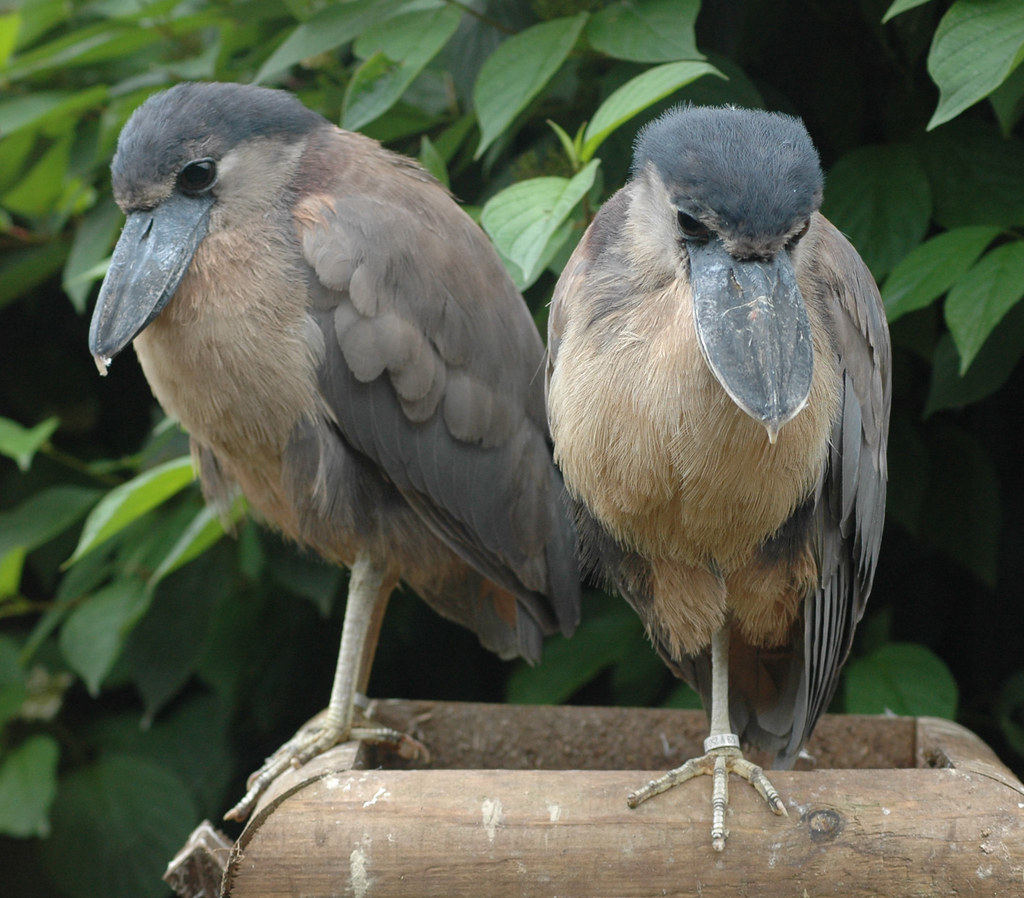#zoolog
Photo


Bowhead Whale (Balaena mysticetus)
Family: Right Whale Family (Balaenidae)
IUCN Conservation Status: Least Concern
Named for its extremely large, bow-shaped head (which can be used to smash through thin sea ice when surfacing to breathe), the Bowhead Whale can grow to be 15-18 meters (50-60ft) long, may weigh over 54,500 kg (120,000lbs) and is believed to have the potential to live for over 200 years (quite possibly the longest lifespan of any mammal.) Native to arctic and sub-arctic oceans, it feeds on plankton and other small invertebrates which it filters from the water using the comb-like baleen plates in its mouth; its extremely long baleen plates (around 4 meters/13ft in length, longer than those of any other whale) and enormous head (which makes up around 1/3rd of its total body length and features the largest mouth of any animal, opening to be around 3.7 meters/12ft high and 2.4 meters/8ft wide) make it one of the most efficient filter-feeders on earth, allowing an adult Bowhead Whale to consume around 2 tonnes of prey each day. In comparison to other whales Bowhead Whales are not particularly social and typically live alone or in small groups of 3-6 individuals, although during migration they may gather in larger numbers, and as they are not particularly aggressive towards other members of their species it is not unusual for several unassociated individuals to gather together in particularly plankton-rich areas when feeding. Bowhead Whales migrate south to relatively warm subarctic waters during the arctic winter to avoid becoming trapped beneath sea-ice that is too thick for them to break through, and while they may mate at any time of year they typically give birth while migrating back to the arctic in the spring, producing a single calf every 3-4 years after a gestation period of 13-14 months (with calves already being around 4 meters/13ft long and weighing over 900kg/2000lbs at birth.) The enormous size of this species means that it has only one natural predator (the Orca), but historically humans have hunted Bowheads extensively for their meat, bones, blubber and baleen. Commercial whaling once brought Bowhead Whales to the brink of extinction, but throughout the 1970s the practice of hunting this species was near-universally outlawed (with the only exceptions being made for two indigenous communities in Siberia and Alaska who hunt members of this species for subsistence on such a small scale that they do not have a significant negative impact on the species’ overall population.) As of the time of writing this, the IUCN believes that the numbers of several local populations of Bowhead Whales have stabilized and begun to recover from the damage done by commercial whaling, with the species’ overall global population numbers actively increasing.
--------------------------------------------------------------------------
Animal Advent Calendar - Day 23
Image Source: https://www.inaturalist.org/taxa/74103-Balaena-mysticetus
#December 23rd#Bowhead Whale#Whale#Whales#mammal#mammals#zoolog#biology#mammalogy#marine biology#marine animals#marine wildlife#arctic wildlife#wildlife#marine mammal#baleen whale#baleen whales#Bowhead whales
197 notes
·
View notes
Text

earth fact time. cookiecutter sharks took down nuclear submarines during the cold war!! they'd bite off chunks of the rubber around sonar domes and cause the oil to leak, blinding submarines and forcing them back for repairs. the americans thought it was some kind of secret soviet technology but actually, it was these little cat-sized, glow in the dark bitches that will bite anything that moves.
medium | business insider
photos: noaa observer project
#cookiecutter sharks attacking submarines walked so white gladis the orca sinking yachts could run#aquatic#earthposting#facts!#fish#sharks#cookiecutter shark#fishblr#marine biology#marine life#marine animals#sea creatures#sea animals#sea life#biology#zoolog#ichthyology#history#the cold war#earth fact no. 25
14 notes
·
View notes
Text

Yakından daha bir sevimlisin aslında ama uçmayın lütfen 🙏
1 note
·
View note
Text

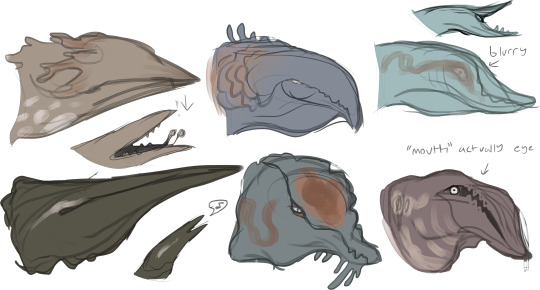
thinking about unconventional sophont aliens, here's some quick little sketches of "star whales"/bioships that were left to form their own societies when the species that engineered them went extinct
#my extreme love of weird aliens vs my inability to commit to the zoological rigor that makes most spec bio projects good lol#aliens
3K notes
·
View notes
Text


wangxian in love for qixi 🤍
#wangxian#mo dao zu shi#wei wuxian#lan wangji#mdzs#my art#the zoological emoji keyboard is sorely lacking smh where’s my magpie emoji#anyway!! Hello I am alive I’m drawing so much and yet I miss drawing make it make sense#here have these crazy kids in love 💙
2K notes
·
View notes
Text

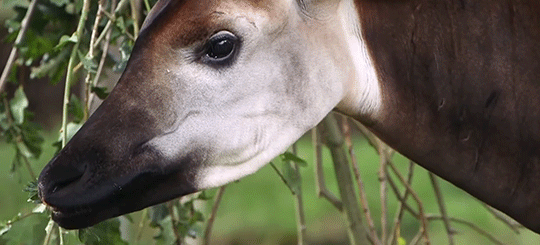

Although the okapi is currently listed as endangered there are programs in zoos across the world dedicated to protecting and breeding them.
©ZSL
1K notes
·
View notes
Text

Centipede
By: New York Zoological Society
From: Natural History Magazine
1953
#centipede#myriapod#arthropod#invertebrate#1953#1950s#New York Zoological Society#Natural History Magazine
2K notes
·
View notes
Text
For #GuineaPigAppreciationDay, the two earliest examples I've found of guinea pigs in the European visual record:
1. Painting attributed to Giovanni da Udine, n.d., artist active early 1500s to death in 1564
2. Drawing from the Felix Platter album, collected sometime between 1546-54
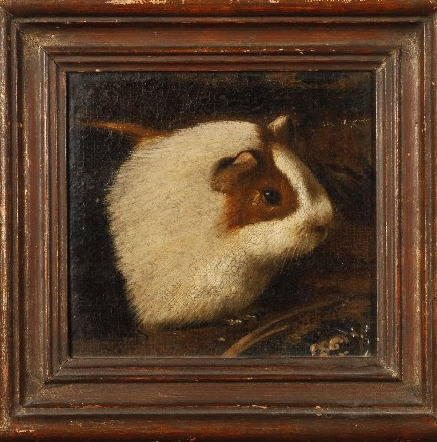
Attributed to Giovanni da Udine (Italian, 1487–1564)
Head of a Guinea Pig
oil on canvas laid on panel
6.5 x 7 in. (16.5 x 17.8 cm.)
From Duke's Fine Art Auction catalog, 11th April 2013, Lot 215

Drawing collected by Felix Platter, to be used in Gessner's Historiae animalium. The drawings were made by several artists, mostly anonymous, and were collected between 1546 and 1558 (this one must date to no later than 1554 as it served as a reference for Gessner's woodcut published that year). Bijzondere collectie Universiteit van Amsterdam collection.
#Guinea Pig Appreciation Day#guinea pig#cavy#cavies#European art#early modern European art#painting#oil painting#watercolor#illustration#historical sciart#scientific illustration#zoological illustration#natural history art#Felix Platter#Conrad Gessner#Historia animalium#16th century art#animal holiday#animals in art#Bijzondere collectie Universiteit van Amsterdam#auction#private collection
1K notes
·
View notes
Text
Okay, this is super preliminary, but since we've been talking about zoo accessibility I wanted to launch a project I've been planning for a couple months.
One of the hardest things about visiting zoological facilities when disabled is the lack of knowledge ahead of time, right? Often the information on the zoo's website about accessibility doesn't contain everything folk need to know to plan a visit. I think we can probably help fix that, even if it's with just crowd-sourced knowledge!
This is a google spreadsheet for recording accessibility information for various zoos. It is super unfinished right now, FYI. That's partially because I need to fill in more of it from my own experiences, and partially because there are things I didn't note or experience - which I'd love for y'all to chime in about.
Categories for the spreadsheet so far include rentable assistance options, service dog information, accessible bathroom locations, mobility, vision, auditory and sensory issues (or accommodations), food allergy options, and general notes. I'm also including the information each zoo website provides, and guest assistance phone numbers, so all the information is in one place.
To add to this crowd-sourced zoo accessibility resource:
Send an ask to the blog, or comment on the appropriate cel on the spreadsheet (if the facility you want to comment on is already listed).
Provide the name of the zoo/aquarium/sanctuary and the approximate date you visited.
Tell me your experiences / information, and what categories they belong in.
Feel free to submit photos, if that's useful info! I'm going to see if I can find a way to host them and link in the spreadsheet.
I'll take information as it's submitted and integrate it into the sheet. If the zoo you've visited isn't on the list yet, I still want to add it! This resource is going to stay US-based, however. (I just don't have the capacity to manage an international one).
Obviously, I can't personally verify everything people submit, so this is very much a resource and not a definitive guide. Date stamps are crucial important for keeping track of what's recent and what might have been updated since someone visited.
Let's make zoo, aquarium, and sanctuary visits more accessible for everyone!
#zoo accessibility#crowdsourcing#crowdsourced accessibility#I don't know if this experiment will work long term but I want to try it#this covers all zoological facilities like zoos sanctuaries and aquariums#also safari parks and the like
2K notes
·
View notes
Text
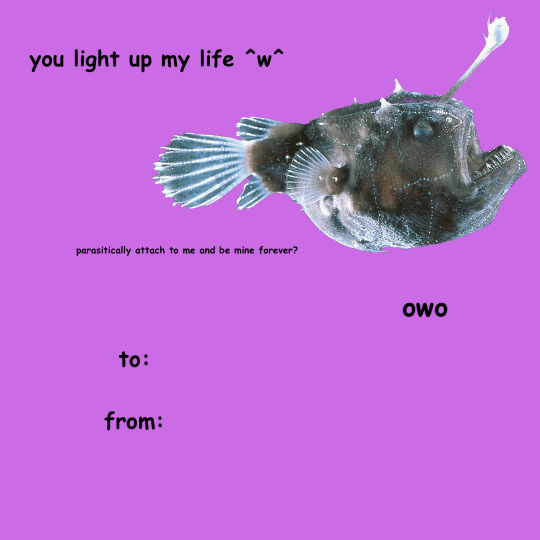

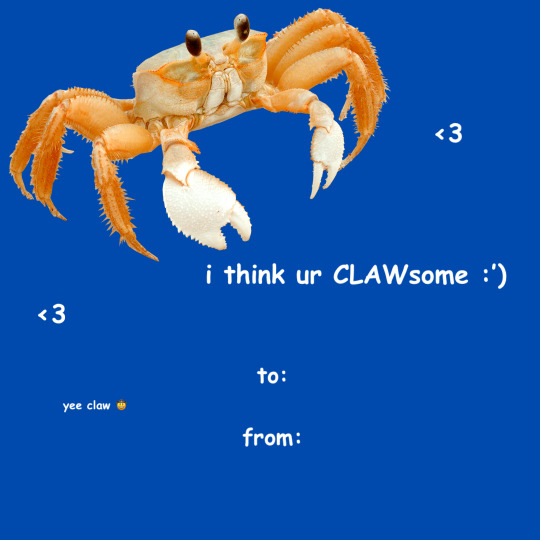

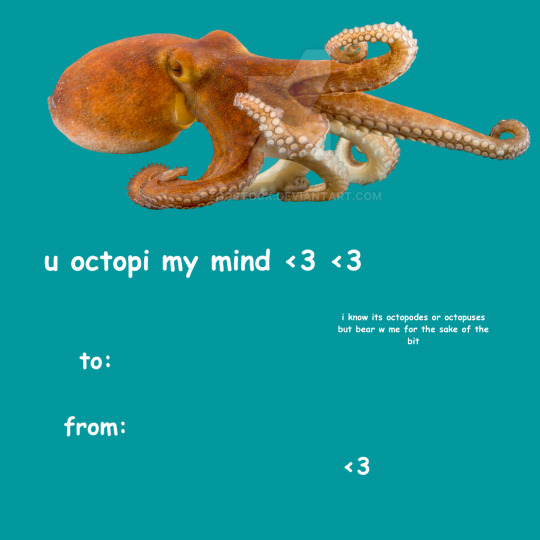


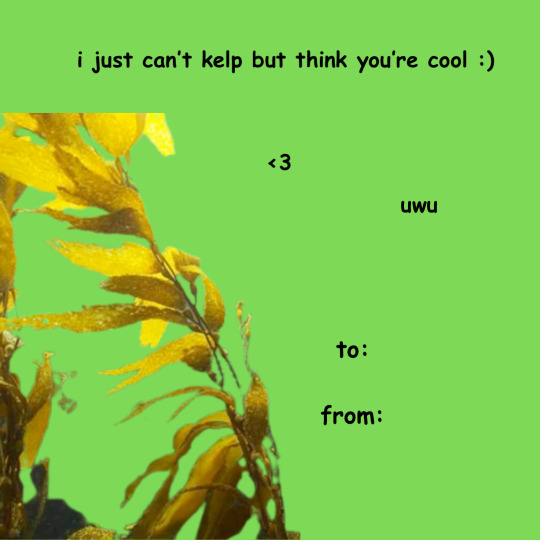

for all of your needs tomorrow :) yes i did these instead of my homework whoops
#valentines day#marine bio valentines#marine bio#fish#shark#crab#i just think we are all third graders and should leave silly paper valentines on each other's desks. maybe a lollipop#zoological
2K notes
·
View notes
Video
Strange birds by Andy savage
Via Flickr:
I too this photo of these strange birds with my Nikon D70 and 200mm lens on 29th August 2008 at blackbrook zoological Park near Winkhill. Any ideas what they are?
865 notes
·
View notes
Text
Reading the last book in the Icewind Dale trilogy, about halfway through the book. Okay, I can shrug off random dragon cameos that have no relevance to anything in the story, the flat characterization and the flimsy worldbuilding, but my suspension of disbelief just got overloaded and snapped by a camel.
The protagonist party are in the stereotypical fantasy south (tm) and have bought camels to proceed on their journey, and one of them gets bitten by his dromedary to show what a nuisance the animal is, and the book describes it as having "blunt teeth", and boy my brain ain't taking it.
Like, excuse the entire fuck out of me, have you SEEN dromedary teeth??? Those things have FANGS! And they are VICIOUS!
I'm just flashbacking to the news many years ago when a dromedary killed a wild ass stallion in the Helsinki zoo, that's not a harmless little nuisance, that's a huge arse beast fully capable of maiming you.
Seriously, google dromedary skull and marvel at their weaponry, that's such a great design.
"Blunt teeht" my arse...
#shut up paper#your monster designs are generic and your zoological knowledge is severely lacking#signed: someone who once based a dragon design on the friggin' dromedary#also the 'aladdin' stereotypes are strong in this one#and I mean it was a male wild ass as in donkey#not a wild horse with an expletive#I type the arse out when I wanna use it properly
222 notes
·
View notes
Text

255 notes
·
View notes
Text

winter garb of oglogoth (thank you @toontitsgoopbrain for making her glow :])
#m202623#homestuck#roxy lalonde#homestuck alchemy#sprite edit#homestuck sprite edit#rose's winter clothes with a longer dress + grimoire for summoning the zoologically dubious
163 notes
·
View notes
Text
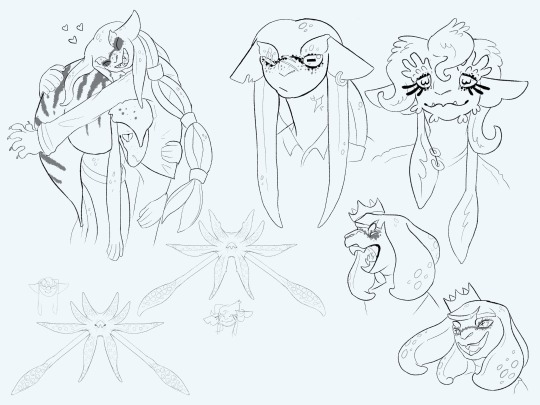

Some silly little doodles before I start uni (slams head into wall)
#I’m majoring in zoological science yippee wahoo and so forth#Haven't even started yet and i'm already stressed lmao#my art#splatoon#xeno tag#oc art#sketch dump#sketch#digital art
125 notes
·
View notes
Text
Muppet Fact #1048
According to a study published in the Zoological Journal of the Linnean Society, scientists have discovered a 270-million-year-old amphibamiform in Texas. The fossil was originally uncovered by the late Nicholas Hotton III. Due to the "cartoonishly wide-eyed face," the researchers have named the newly discovered species after Kermit the Frog, calling the proto-amphibian Kermitops gratus.
According to lead author Calvin So, they used Kermit's name in hopes of bridging the gap between the scientific community and the general public:
"Using the name Kermit has significant implications for how we can bridge the science that is done by paleontologists in museums to the general public. Because this animal is a distant relative of today’s amphibians, and Kermit is a modern-day amphibian icon, it was the perfect name for it.”

Sources:
Smithsonian. “Researchers Name Prehistoric Amphibian Ancestor Discovered in Smithsonian Collection After Kermit the Frog.” EurekAlert!, March 21, 2024. https://www.eurekalert.org/news-releases/1037759.
So, Calvin, Jason D. Pardo, and Arjan Mann. “A New Amphibamiform From the Early Permian of Texas Elucidates Patterns of Cranial Diversity Among Terrestrial Amphibamiforms.” Zoological Journal of the Linnean Society, March 21, 2024. https://doi.org/10.1093/zoolinnean/zlae012.
#muppet facts oc#jim henson#the muppets#muppets#muppet facts#fun facts#yes i have decided this is a Chicago style citation blog now i like Chicago style#Zoological Journal of the Linnean Society#Kermitops gratus#Smithsonian#calvin so#Jason D. Pardo#Arjan Mann
126 notes
·
View notes
